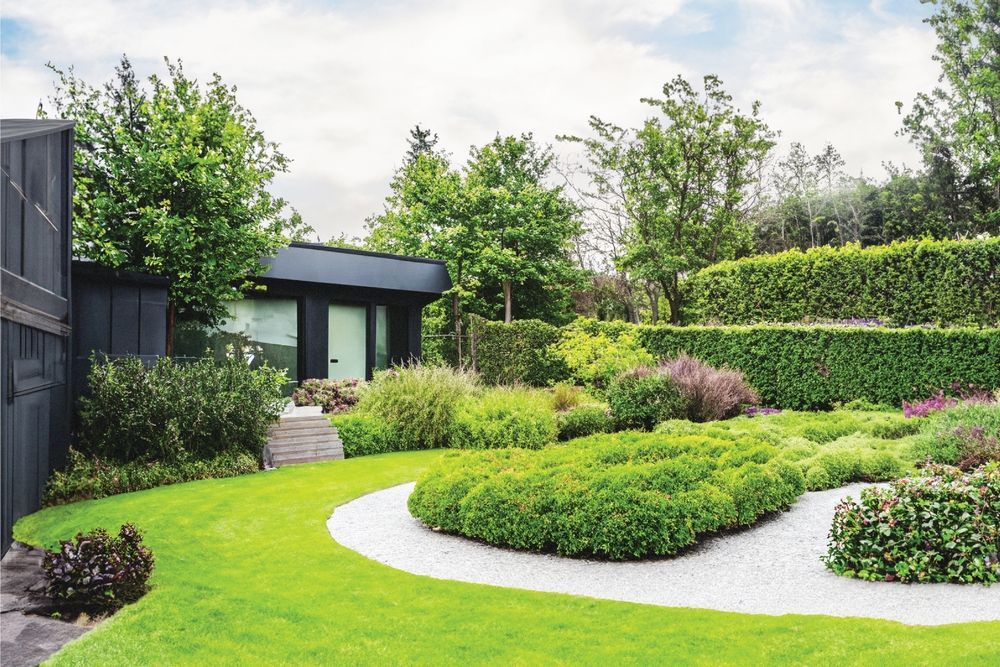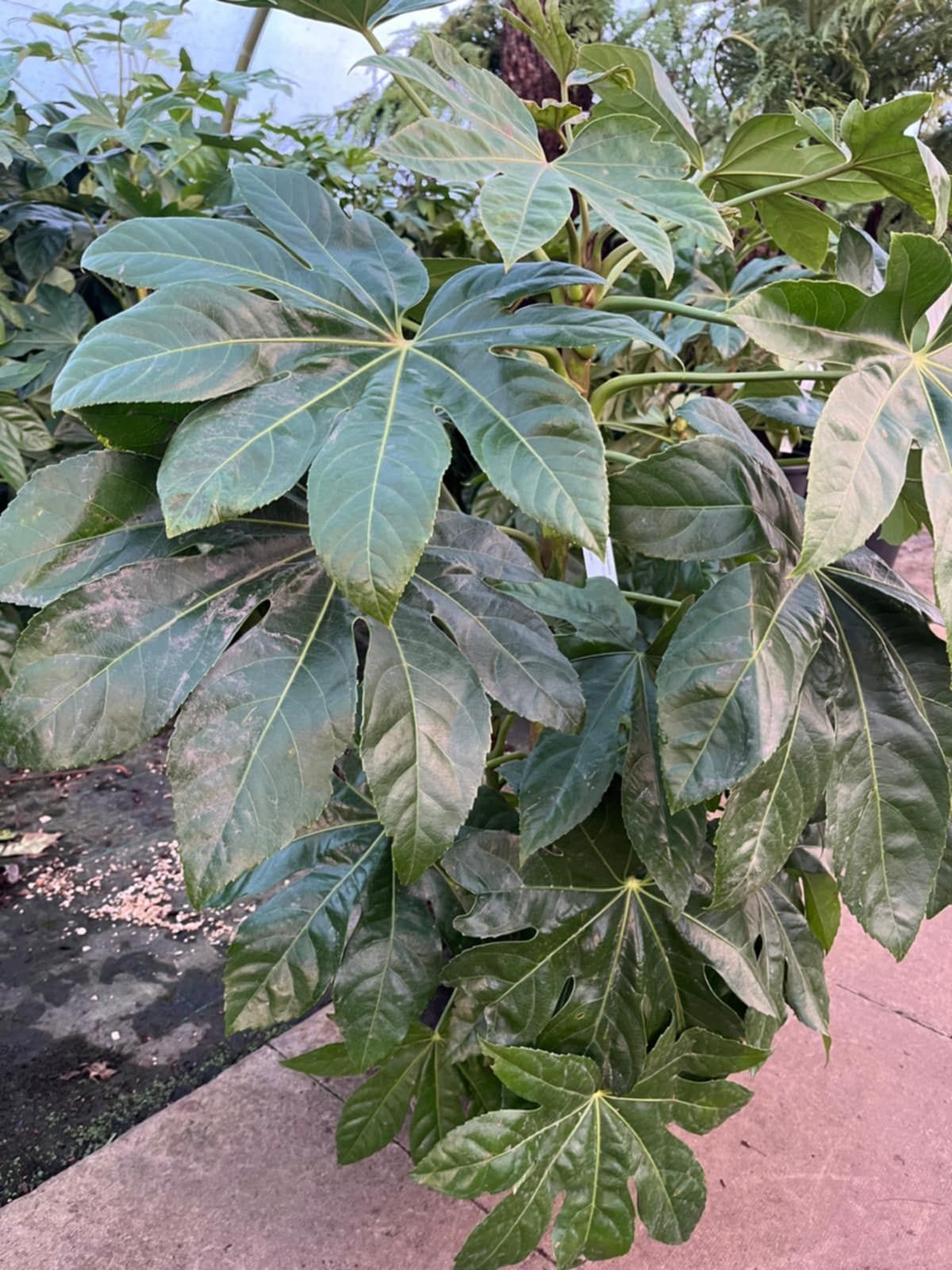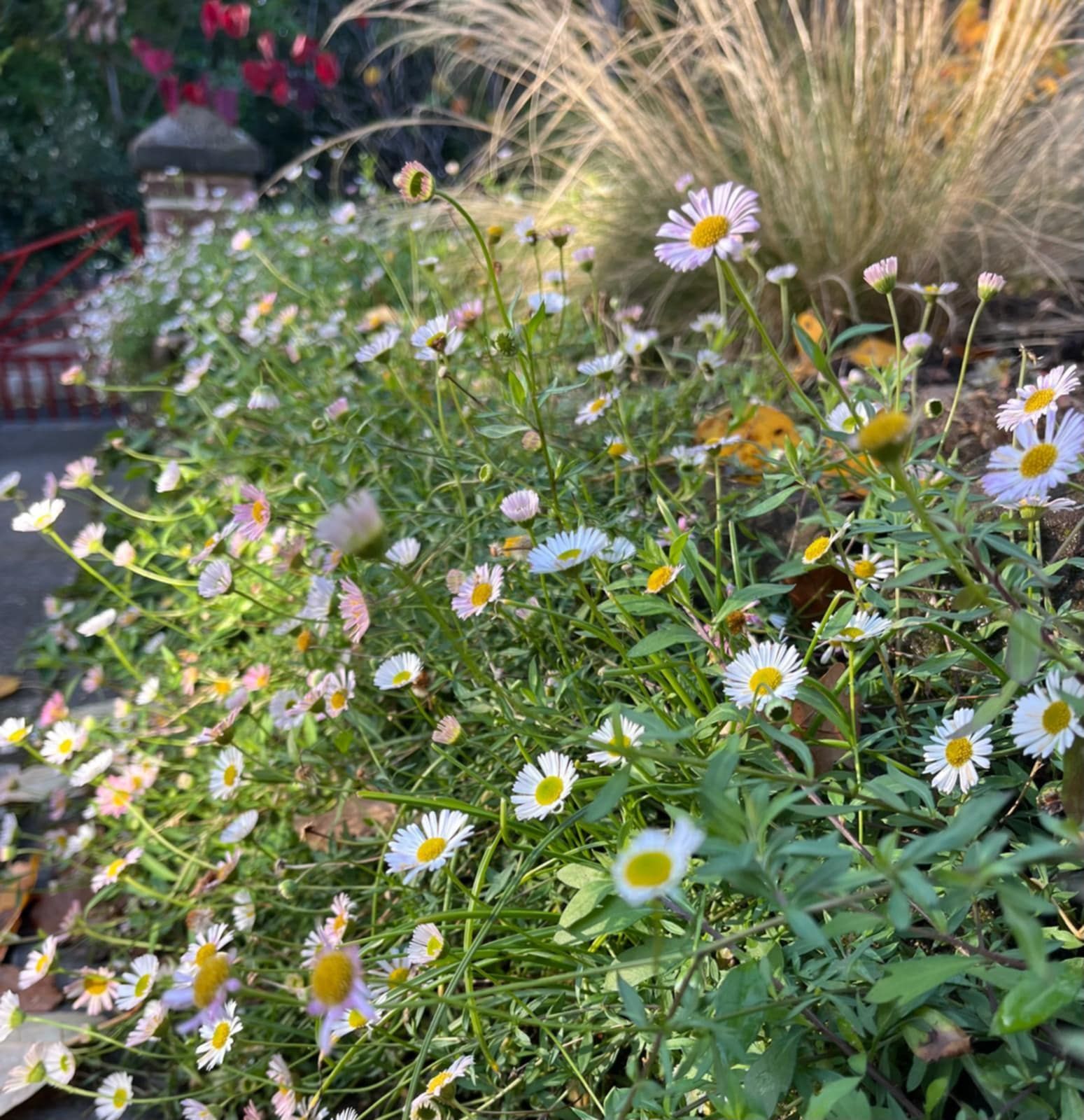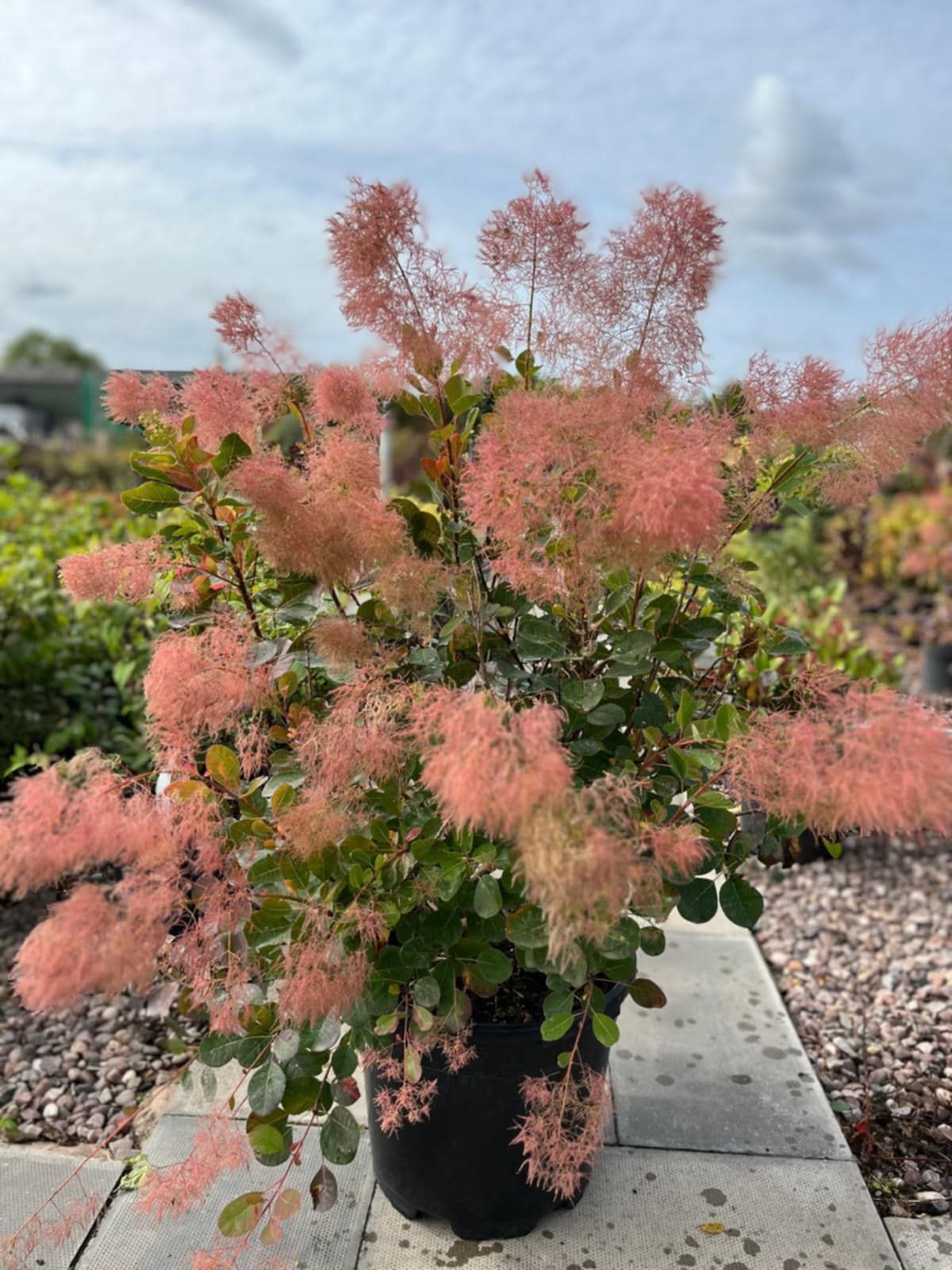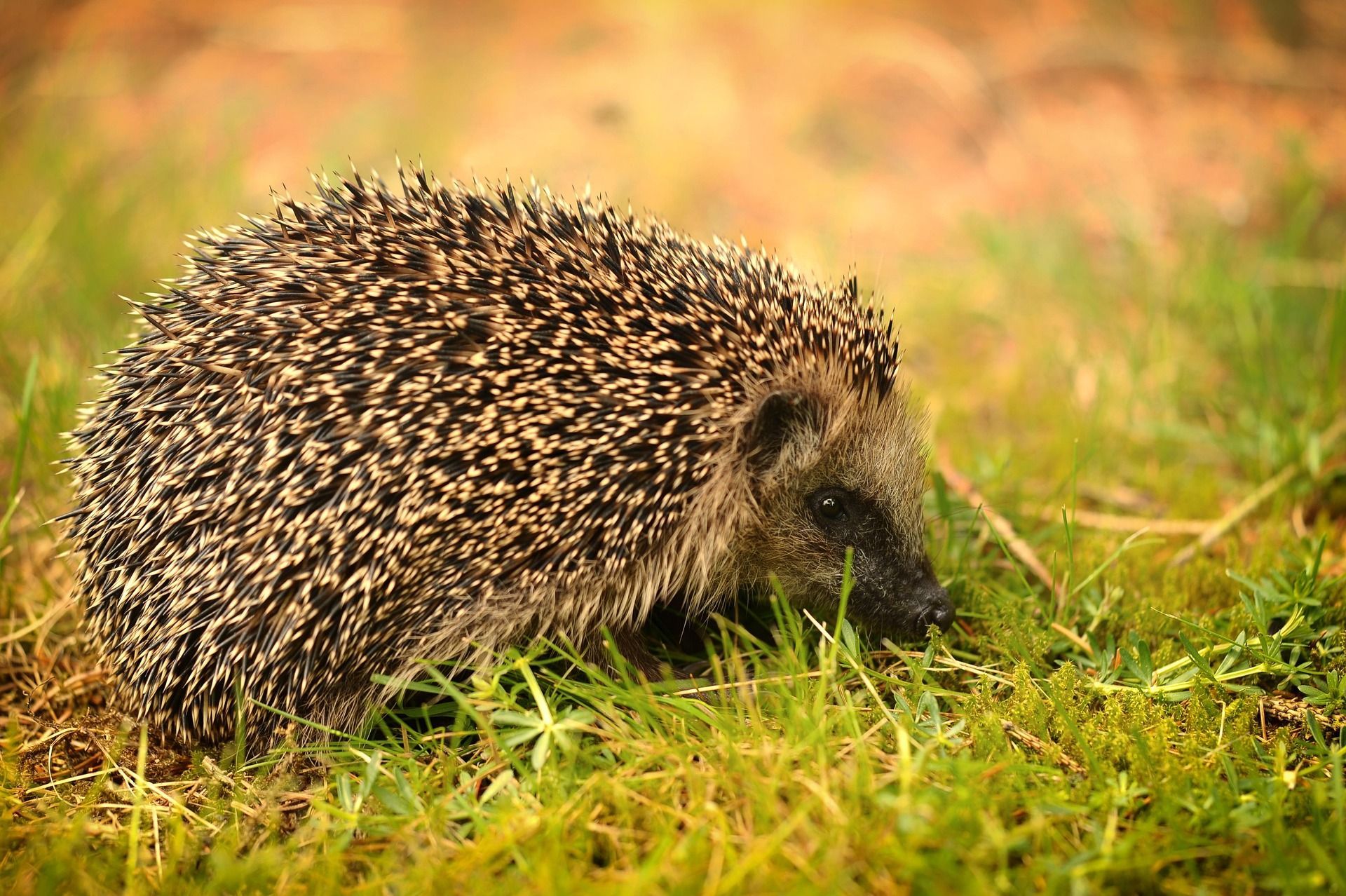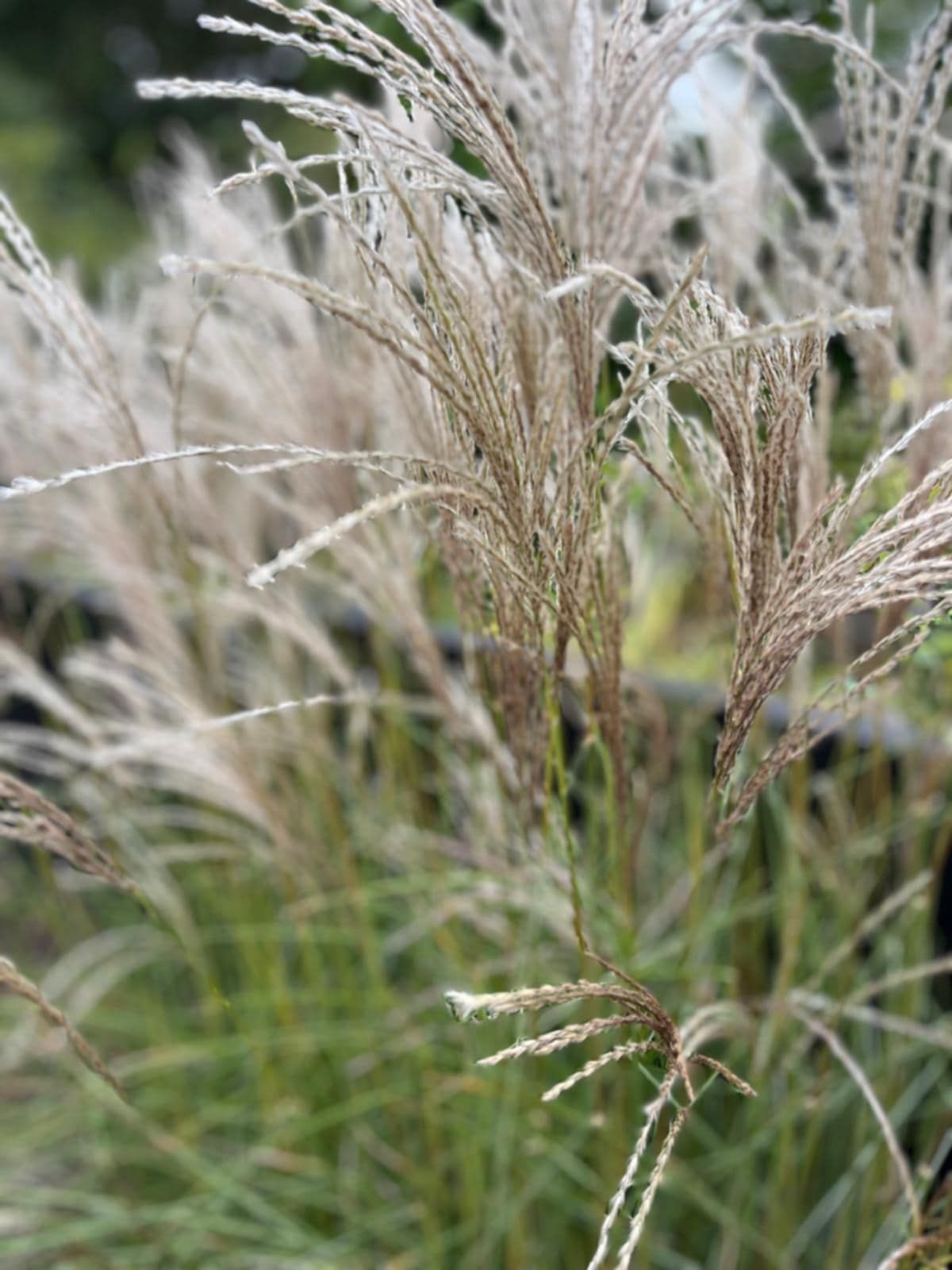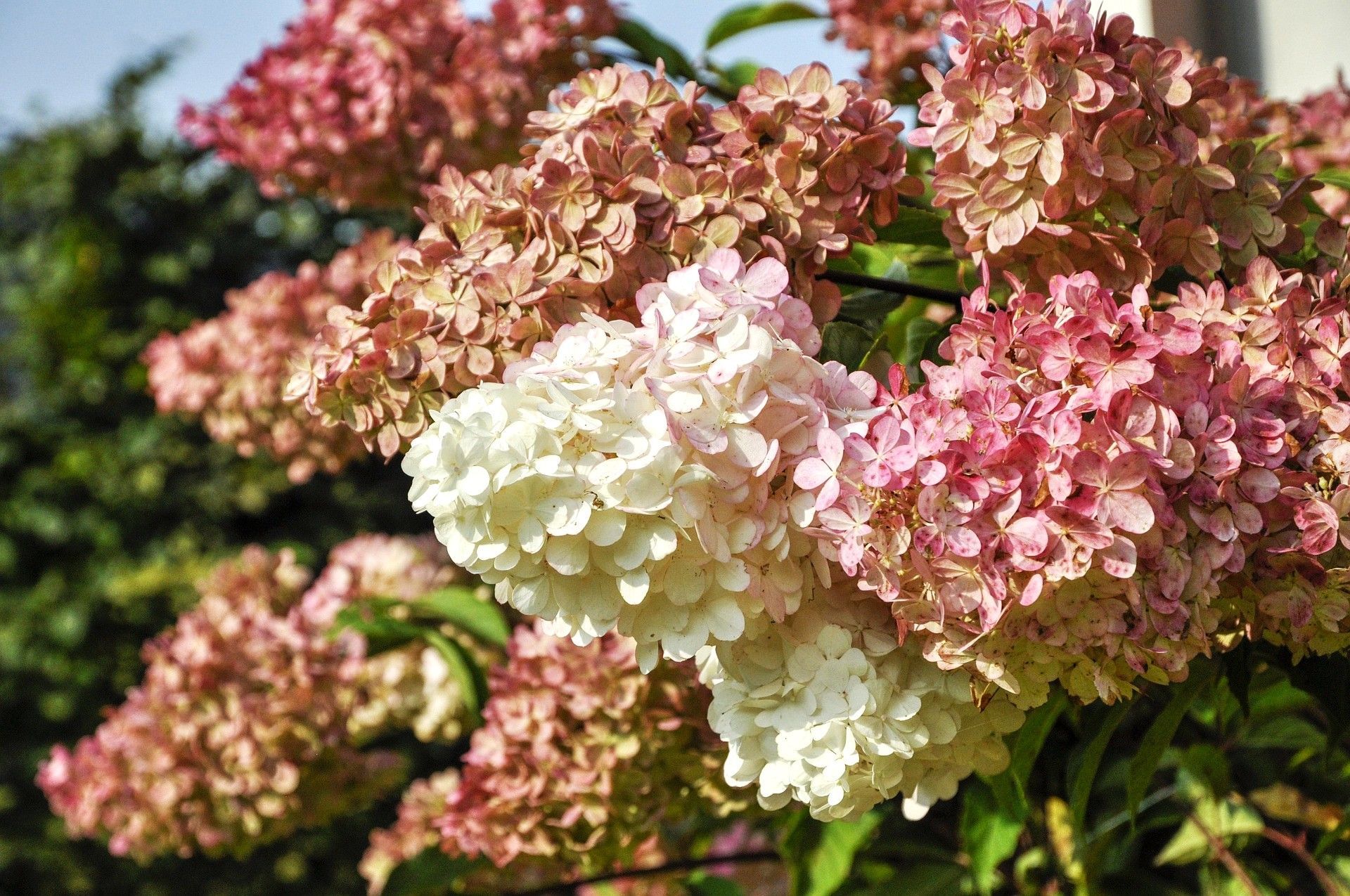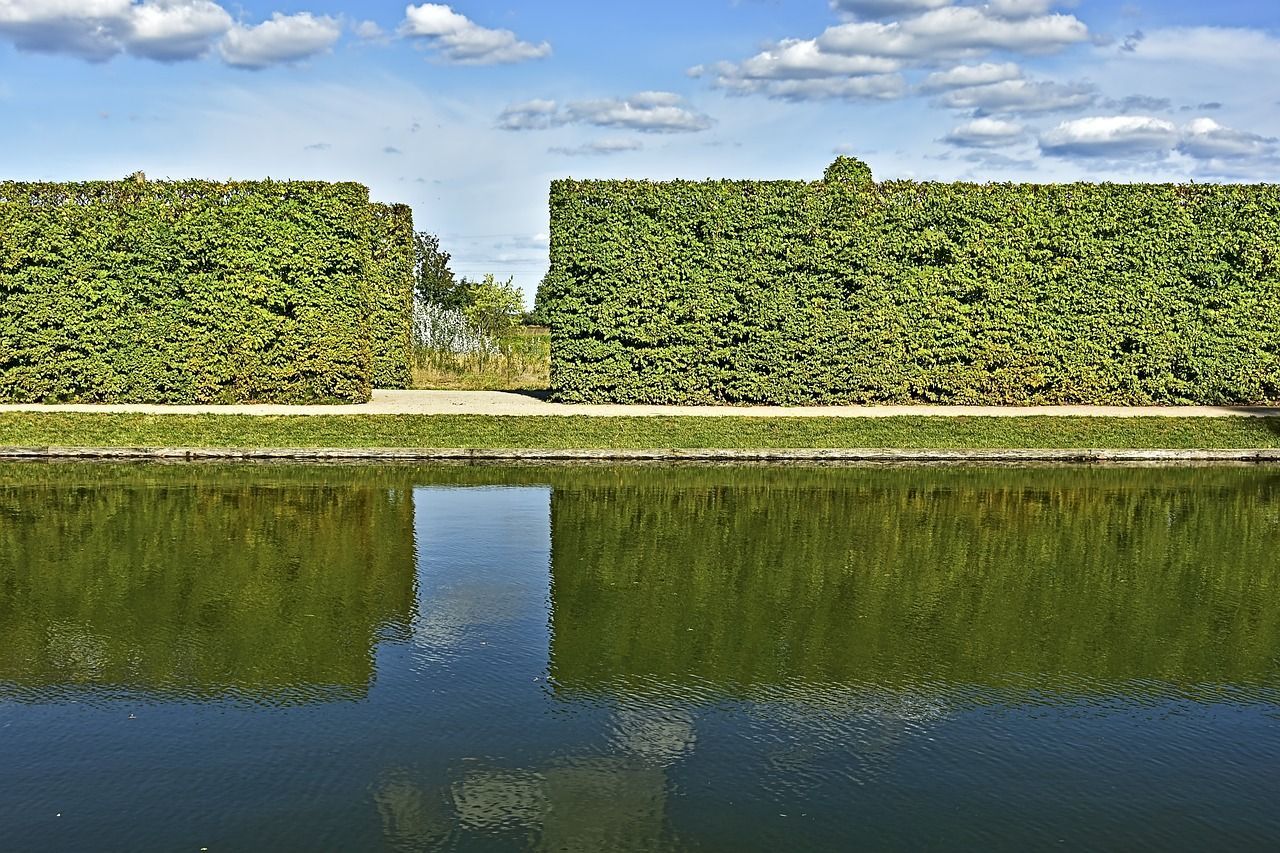Spring into Action!
Spring has sprung, the weather is warming up, and it’s time to get out in your garden and get planning and planting!
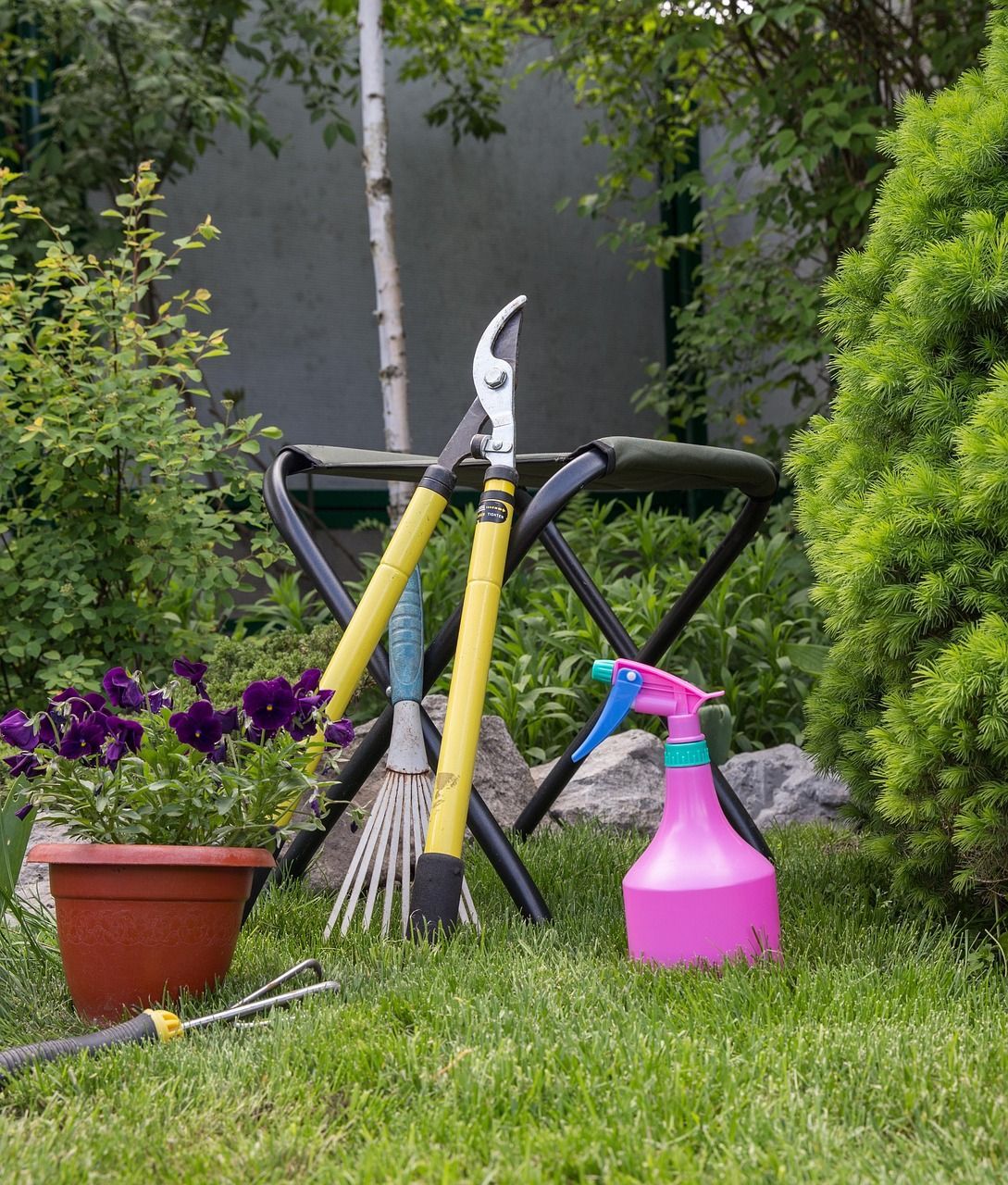
Preparing your garden for spring can seem like a daunting task, even for those of us with small gardens. There’s a lot to consider, such as tidying up borders, planning hanging baskets, planting spring blooms, and thinking ahead to summer flowers too. To ease the pressure, and allow you to relax and enjoy the sun, we’ve put together some tips to help you get your garden ready.
Spring Clean
A good place to start is with a ‘spring clean’ and assessment of your entire garden. This way, you can check any damage the winter weather has caused, such as broken fencing and damaged pots, and collect any fallen leaves from the ground, giving you a nice, blank canvas to begin your garden planning.
Any perennials that were planted in the previous years should have survived the winter, however it may be looking a little sorry for itself, or even dead! A good way to check is to gently bend a twig if you are unsure if it is alive. If the twig is brittle and snaps easily, the plant is most certainly dead. If, however, it is flexible and bends, or snaps to reveal green-white flesh, it is still alive.
Asses Your Garden Type
The amount of sunlight a garden receives can vary widely depending on whether the land is facing north, south, east or west.
And it’s not just the amount of sunlight that varies – a garden’s direction can also influence the garden's temperature, the intensity of light and how moist or dry the soil is. One of the first aspects that Andi and Gaynor consider when visiting a new customer, is which direction the garden faces!
South facing gardens have always been, and still are, a popular choice due to the natural light and warmth they receive which helps to extend the season that plants and flowers bloom. However, these types of garden also come with their own pitfalls and tend to suffer from drier soil, affecting the type of plants that can be grown, and needing a lot more maintenance and water during the summer months.
The creation of a thriving north-facing space might appear challenging due to the limited sunlight, yet it is still possible to create a beautiful outdoor area with an abundance of blooms.
East/west facing see different light patterns throughout the day, and can benefit from beautiful sunlight during the morning, but experience a cooler evening temperature. Therefore, understanding the garden's orientation helps guide the strategic placement of certain outdoor elements such as seating areas and water features, as well as considering which plants and flowers to place where.
What to Plant in Spring
Spring is a good time to plant flowers, trees and vegetables in your garden for summer colour and/or harvest. However, wait until after the final frost in order to plant them outdoors (this can be tricky to determine in this country as, despite the daily sun, we are still dropping to cold temperatures overnight.)
Sun-loving perennials are a popular choice for south facing gardens, with lavender providing both aesthetic appeal and giving off a beautiful scent. Both echinacea and rudbeckia (black-eyed Susan) bring a splash of colour and attract pollinators that are vital for a healthy garden ecosystem and, by integrating bulbs such as alliums and camassia, you can achieve a carpet of colour.
Vegetables that thrive in high temperatures include tomatoes, peppers, and squash, in particular, which flourish under prolonged sun exposure. A flavourful herb garden with sun-drenched basil, thyme, and rosemary, readily available for your cooking. Rosemary bushes offer both visual appeal and a delightful fragrance, while also attracting beneficial bees.
Gardens with limited or partial sunlight can be beautifully vibrant with a carefully picked selection of north-facing garden plants which thrive in shaded conditions. These include varieties like the aromatic sarcococca humilis, diverse hosta mixes, and pulmonaria, all of which will create stunning displays.
Bare-root plants and shrubs that have been stored dormant over the winter can be put in place, such as any hedging that you may want to use to create a border. Shaded areas are essential to protect your delicate blooms from scorching in the summer sun. Incorporating shrubs and small trees (such as Amelanchier) not only provide structure, but also as much needed shade. Small fruit trees, such as apple or pear trees, make a delightful addition at this time of year and will have ample time to flower by the end of the season and to fruit during the summer.
If you are looking to sow seeds outside, now is a good time to start. Sow seeds at regular intervals to ensure a steady harvest throughout the summer. Consider cosmos, marigolds, sunflowers, and zinnias for flowers that bloom later in summer.
If you have any structural elements such as trellises, arbors or decorative stones, then annual climbers like hydrangea petiolaris (climbing hydrangea) provide lush foliage and beautiful blooms, as do sweet peas, morning glories, and canary creepers.
Finally, when it comes to bulbs, summer flowerers which need to be planted in spring include eucomis, gladiolus, freesias, lilies, gladioli, hyacinths, crocuses, snowdrops, and daffodils. For optimal growth, plant most bulbs in sunny locations with well-drained soil. Snowdrops and narcissi, however, tolerate partial shade. Enhance border aesthetics by planting bulbs in drifts among perennials and create a stunning display by planting beneath deciduous shrubs.
If you want more information or advice on making your garden flourish, contact us today at Andi Way Garden Design on 01902 845639 or take a look at the website.


